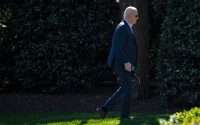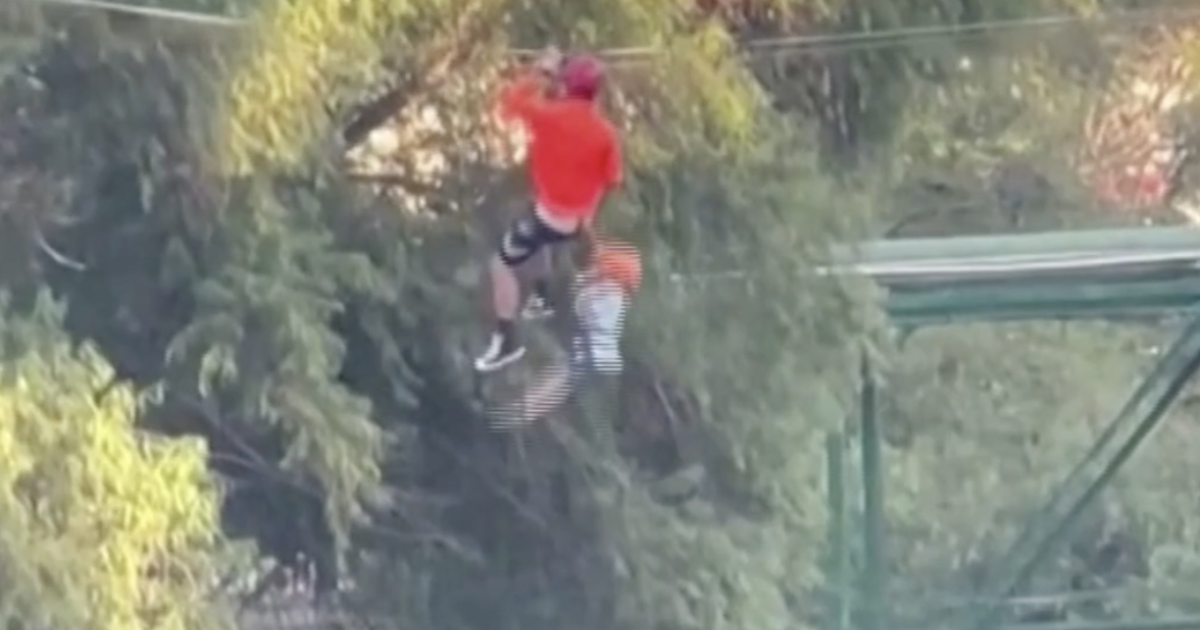Gaza Authorities Say More Bodies Discovered in Mass Grave
The discovery of the mass grave at Nasser Hospital, came two weeks after a similar mass grave was found at Al-Shifa Hospital in Gaza City.
In a statement this week, the U.N. High Commissioner for Human Rights, Ravina Shamdasani cited reports that some bodies had been found with their hands “tied and stripped of their clothes.”
Those reports, which came from the Gazan authorities, could not be independently verified and the group did not provide evidence for its claim.
At least one of the bodies exhumed since Sunday was seen wearing blue medical scrubs in a video posted to social media by a photographer, Haseeb Alwazeer. The person appeared to have their hands bound together. This body was lying next to others exhumed from the mass grave in the palm grove.
Doctors at the hospital and the Gazan Health Ministry had said that some people who tried to flee the Nasser compound during the Israeli raid were shot at by Israeli soldiers, with some being killed or wounded.
While that claim could not be independently verified, multiple videos verified by The Times show gunshot victims lying on the ground just outside the north gate; others show people using a rope to drag bottles of water from across the street into the hospital complex to avoid a road where victims had been shot.
At the time, the Israeli military said that it had “opened a secure route” to evacuate the civilians in the area but did not respond to questions about reports that it had shot at Palestinians trying to leave the hospital.
Amnesty International’s senior director of research and advocacy, Erika Guevara Rosas, said human rights investigators and forensic experts needed immediate access to Gaza to ensure that evidence of the graves is preserved in order to ensure accountability for any violations of international law.
“Without proper investigations to determine how these deaths took place or what violations may have been committed, we may never find out the truth of the horrors behind these mass graves,” she said in a statement.
Israel’s military left Nasser hospital in late February and continued to operate in Khan Younis before withdrawing from southern Gaza earlier this month. The withdrawal allowed Palestinian emergency services — and family members — to begin searching for the missing.
Jihad al-Bayouk, 26, said that he had buried his older brother on the grounds of Nasser on Jan. 24 after he was killed in what he said was an Israeli drone strike on their home in Khan Younis. “I made sure to remember the place so I could come back later and give him a proper burial in a real cemetery,” said Mr. al-Bayouk, 26, by phone on Wednesday.
He said that when he came back after Israeli forces had withdrawn from the area he could not find his brother’s body or the palm trees he used to mark where it was. So he began digging every day, along with a crowd of others looking for the bodies of their loved ones.
“The digging went on for days” before he found his brother’s body on Monday in a different spot than where he had buried him, Mr. al-Bayouk said. He said that two of the three layers of plastic he had wrapped him with were gone, and the third was torn off but held together with plastic clips.


